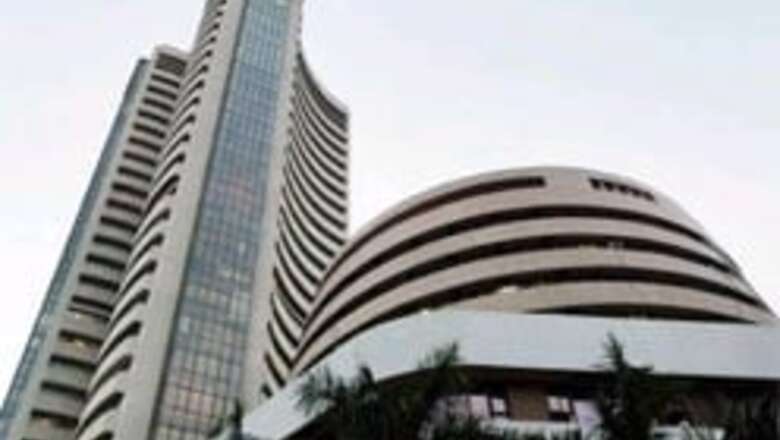
views
 The stock market's reaction to the P-note draft is unambiguous. The Finance Minister may wish it away by ascribing it to rumours, but all of us know the real reason for this selloff.
The stock market's reaction to the P-note draft is unambiguous. The Finance Minister may wish it away by ascribing it to rumours, but all of us know the real reason for this selloff.
Every investor fears that our market could be robbed of the big dollar trigger if this draft were to become law. The fears are not unfounded. While the regulator and the Finance Minister have been glibly proclaiming that P-notes have not been banned, the product has essentially been killed. Sure, small shuffles and marginal flows can happen but the P-note is history, if this draft were to come through.
The genesis of this whole move is the rupee. On that score the Finance ministry should have all our sympathy. The rupee is a problem for the country. At this rate it will kill many industries, render lakhs jobless and may have deep economic ramifications. No Finance minister can want that.
Yet, this is an inevitable fallout of a rapidly growing economy. The solution cannot lie in controlling flows of global capital into the stock market. It starves the engine of growth and sends out the most regressive signal to the world. Even if it is done, as in this case, under the guise of seeking more transparency.
If it had to be done, the more elegant way of doing it would have been to decide a sunset period and allow P-note investors to register themselves during this period and transition. Instead, they are seeking to bring the product to a dead halt before forcing global funds to register. This is perhaps reflective of the desperation to cut flows now and stem the rupee's rise.
The ministry is aware that India is very hot now and if the window is left open for another six months, the seasonally strong October to February period, the market could be inundated with flows. The dollar rupee could go for a toss, with it, exporters. So, the more reasonable expectation is that the draft becomes law, BUT with important modifications.
Maybe the 40 per cent of AUC clause is revisited, hedges allowed for P-note investors in stocks, relaxations made for IPO applications through P-notes etc. The sting needs to be taken out but even so the world of P-notes and hedge funds will perhaps never be the same again.
The trillion-dollar question is how the stock market digests this and moves on. Of course, that depends a lot on the final contours of the draft. If it is implemented in its current form we may have a difficult six-month period for the market.
No new flows will come in through a window which accounted for over half of all FII flows and the constant threat of eventual and gradual unwinding will hang like a Damocles’ sword over the markets' head. Not conducive conditions for outperformance.
This is a medium-term technical handicap which the market will get over but it may take a while. Technical constraints may restrain bull markets but don't generally alter their course altogether. We are still in a very strong bull market; make no mistake about that. The emerging market dream run has just begun; it is nowhere near peaking out.
In such an environment, new highs will come again for our market. If this P-note business works out to a reasonable conclusion, then we will probably have it soon, if not we will have to wait till the technicals improve. This is not to undermine the importance of the current draft; it may deal us a structural technical blow for a few months, something which may even spark off a deeper correction and relative under-performance. Let’s hope the regulators will not push us beyond a point. Sense should prevail.



















Comments
0 comment